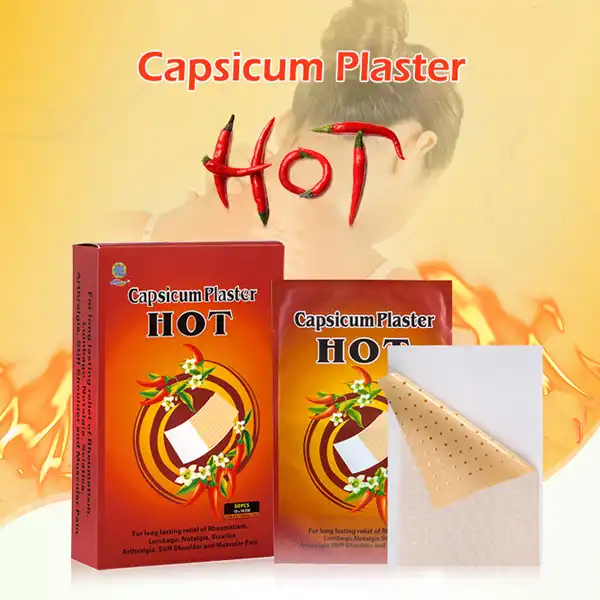Author:Kangdi 22-01-2024
01. The Active Ingredient - Capsaicin
Capsicum plaster contains capsaicin, the active ingredient found in hot peppers. When applied topically, capsaicin is able to penetrate through the skin and bind to pain receptors called transient receptor potential cation channel subfamily V member 1 (TRPV1). This receptor is responsible for communicating pain signals to the brain.
02. Depleting Substance P for Pain Relief
By binding to TRPV1 receptors, capsaicin depletes the neurotransmitter substance P, which transmits pain signals. As substance P is depleted, the ability to feel pain in that area decreases, providing localized pain relief. The effect builds up over several hours, providing sustained pain relief as the plaster is worn.
03. Improving Circulation and Delivery of Nutrients
Capsicum plaster creates a warming effect that increases blood flow to the applied area. This improves circulation, bringing fresh oxygenated blood and nutrients needed for healing. The plaster allows continuous delivery of capsaicin for 8-12 hours to maximize circulation benefits.
04. Anti-Inflammatory Effects
Early research indicates capsaicin may have anti-inflammatory properties. The increase in blood flow may help flush inflammatory compounds from the area. Capsaicin is also thought to inhibit the action of neuropeptides that regulate inflammation. More studies are needed to confirm the anti-inflammatory effects.
05. Accelerating Recovery
The combined pain relief, improved circulation, and anti-inflammatory actions of capsicum plaster help accelerate recovery. Relief of pain allows increased mobility and exercise which speeds healing. The plaster can be used to complement treatment of injuries, chronic pain, and other conditions.
 0086 19937104978
0086 19937104978





